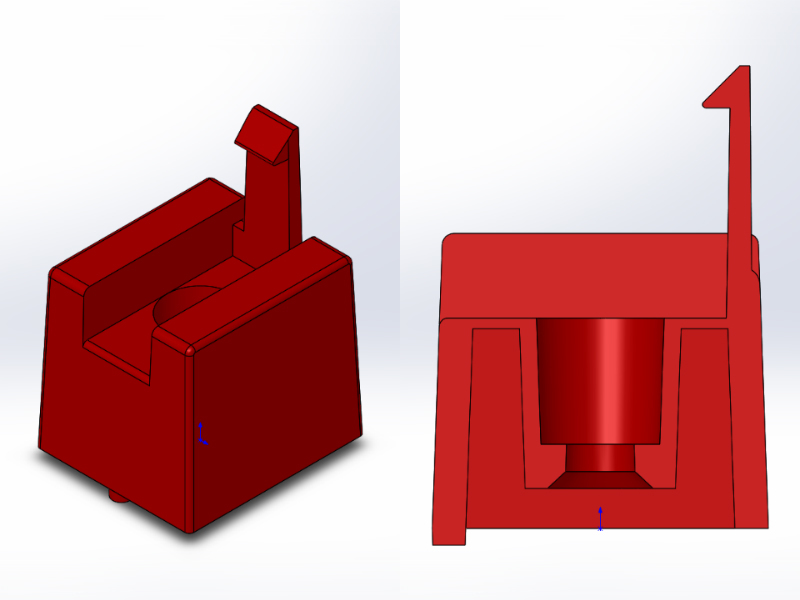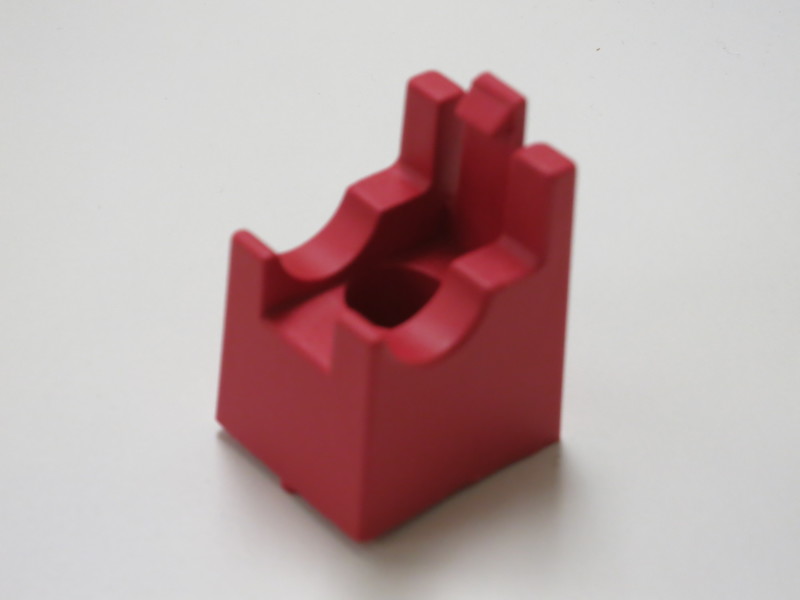cinnamongirl
Mechanical
I am reverse engineering a plastic part that has a run-of-the-mill spring clip created by a side-action cam. There doesn't seem to be draft on any of the cam surfaces (bottom face of the "hook" and the parallel face right below it). Is this common practice or would it be preferable to have a draft on both surfaces?


